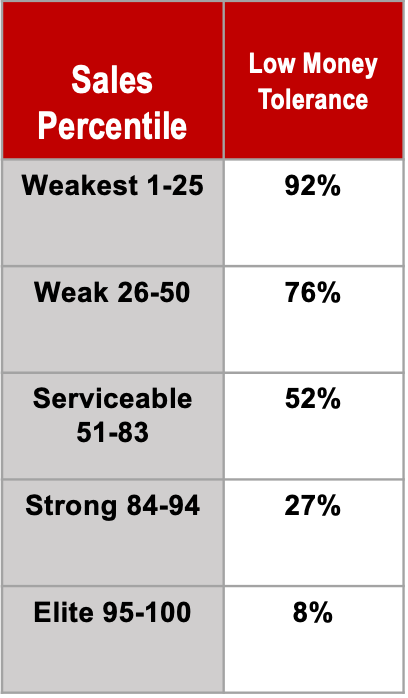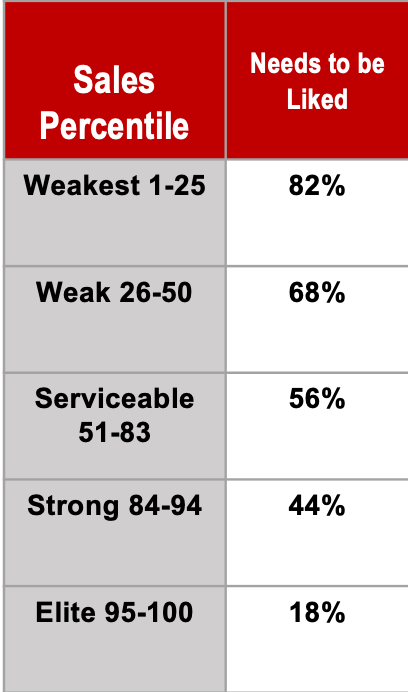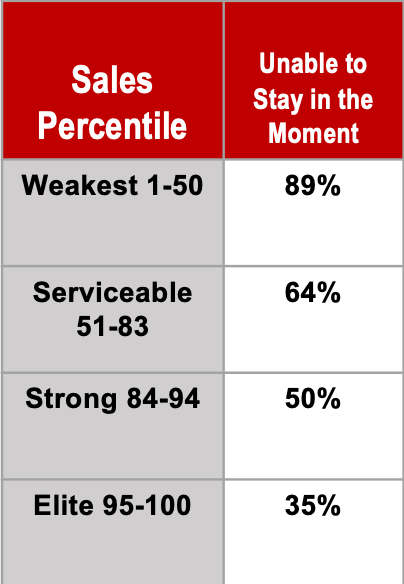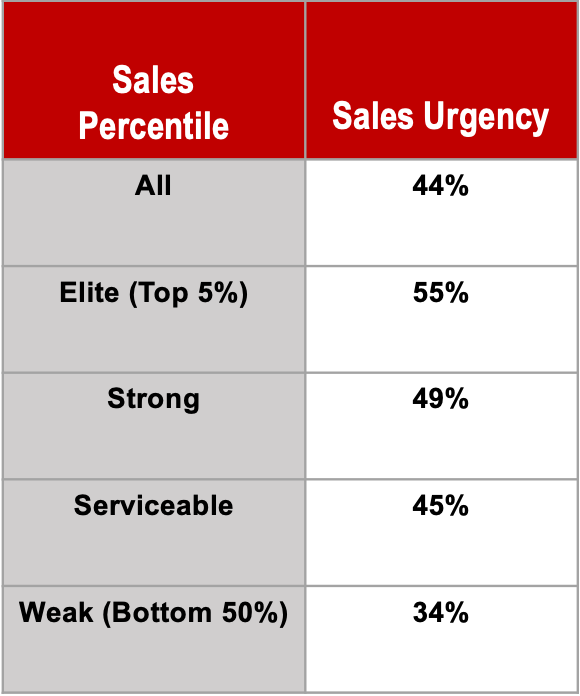- February 14, 2022
- Posted by: Dave Kurlan
- Category: Understanding the Sales Force

I heard from Bob last week and whenever I hear from him it usually means he got himself into a jam with another sales opportunity. Regular readers are familiar with Bob, one of the worst salespeople on the planet. New readers might want to catch up on the six prior articles about Bob.
Part 1
Part 2
Part 3
Part 4
Part 5
Part 6
So what did Bob get himself into this time?
It’s a huge opportunity that Bob has been nurturing for years and several months ago his prospect, a top executive that has the influence and authority to make a decision, confided that he would like to find a way to do business and not only that, have this be part of his legacy.
Good salespeople would discuss the scope of work next but Bob sent samples, conducted demos and walk-throughs, and another two months passed. Then Bob’s prospect said he is retiring and would introduce Bob to his replacement.
Bob’s strategy was to keep the opportunity alive until the replacement is in the role. Is that what you would do?
If he keeps the opportunity alive, what would that actually involve? Staying in touch with the guy who is retiring? The guy who no longer has a need to do this because he’s leaving and won’t be around to see it through? And then what? Start from scratch? Make a cold call to the new person? Assume that his replacement will be equally interested? Assume that his replacement won’t have his own established relationships who he could work with? What an awful strategy!
The proper strategy would be to help his current prospect get the initiative started so that his replacement can see it through. Helping his prospect get this started will help his prospect make this part of his legacy. There are only two months before his prospect retires so there is urgency that wasn’t there before. Bob should leverage the urgency to get his prospect to pull the trigger – now – so that everything is in place before he leaves.
But Bob isn’t comfortable with this strategy. Why?
Sales DNA. Objective Management Group (OMG) has evaluated 2,181,567 salespeople and has lots of data about the four Sales DNA issues below. While Bob’s Sales DNA is sabotaging him, let’s not forget that Bob is among the weakest salespeople in the world and he represents the bottom 50%.
- Low Money Tolerance – as I mentioned, this is a huge opportunity – for Bob. It will easily reach six figures and for Bob, that’s a lot of money. Even though it will be pocket change for this international conglomerate, Bob believes that it’s a huge expense that requires many meetings and discussions to approve. Bob’s apprehension over the money is responsible for why he hasn’t closed anything in this account – EVER. The table below shows the percentage of salespeople, by proficiency, for Low Money Tolerance and Bob is in the weakest 1-25% where 92% of them have this weakness.

- Need to be Liked – Bob is a nice guy and people find him very likable. But Bob needs people to like him and in the case of the top executive from this enterprise company, Bob very much needs to be liked and won’t say or do anything that he thinks would get his prospect upset and undermine the opportunity. The table below shows the percentage of salespeople, by proficiency, for Needing to be Liked and Bob is in the weakest 1-25% where 82% of them have this weakness.

- Unable to Stay in the Moment – Because Bob is uncomfortable with the potential deal size and is worried about not being liked if he introduces the topic of price, he is unable to stay in the moment and respond appropriately. Instead, he is worrying about next steps, what might go wrong, is reacting emotionally and is not in control of his thoughts or actions. The table below shows the percentage of salespeople, by proficiency, for Unable to Stay in the Moment and Bob is in the weakest 1-50% where 89% of them have this weakness.

- Lack of Sales Urgency – Bob’s prospect has enough urgency to get this project started but that is not matched by Bob’s urgency. You can read more about that in part 4 above as this is not the first time that Bob’s urgency has not been properly aligned with his prospect’s. In the table below, note that the results are reported differently. The prior tables showed the percentage of salespeople that had the weakness. This table shows the percentage of salespeople that have the strength. The top row is the percentage of all salespeople with sales urgency. The remaining rows are in reverse order, with elite at the top and weak at the bottom. Bob is in the Weak group where 66% (34% strong) have the weakness.

Bob isn’t very good but let’s not forget that Bob is like 50% of salespeople in world who desperately require a tremendous amount of sales training and coaching, something their sales managers are not very adept at providing.
If you would like to see more OMG data, all 21 Sales Core Competencies can be viewed, and filtered by industry here.
Image copyright 123RF
